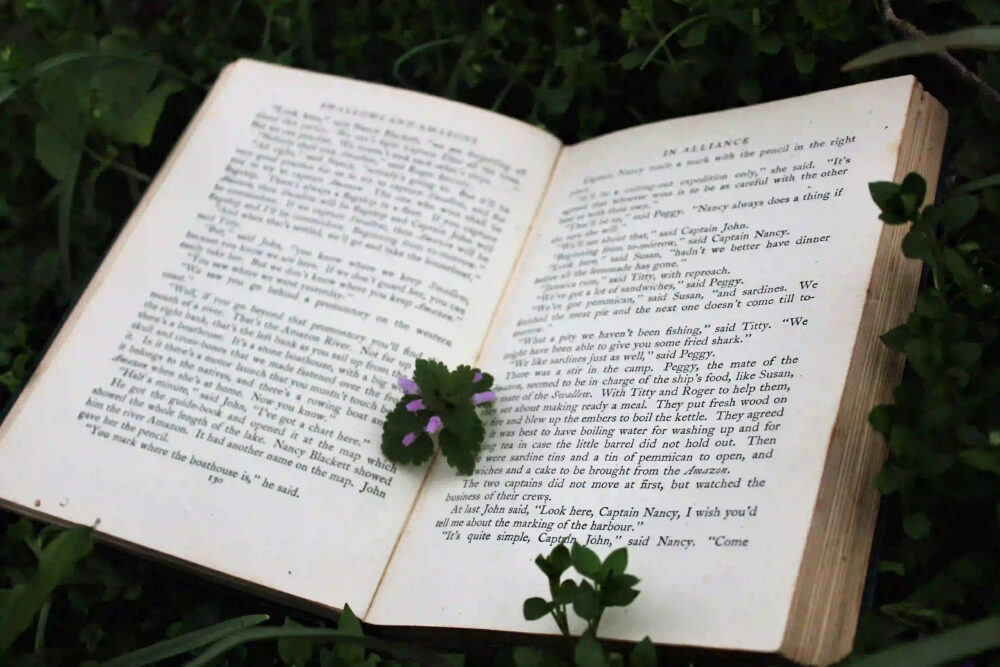Gothic literature, with its eerie settings, mysterious atmosphere, and themes of the supernatural, has had a profound impact on the evolution of horror movies. The roots of horror cinema can be traced back to the Gothic literary tradition, and the influence of this genre can be seen in various aspects of modern horror films. In this blog post, we will explore the significant influence of Gothic literature on the development of horror movies, from their thematic elements to their visual aesthetics.
Origins of Gothic Literature
The term “Gothic” originally referred to the Gothic architecture of the Middle Ages, characterized by its imposing structures and ornate designs. However, in the late 18th century, “Gothic” took on a new meaning with the emergence of a literary genre that focused on the macabre, the mysterious, and the supernatural. Writers such as Horace Walpole, Ann Radcliffe, and Edgar Allan Poe created works that laid the foundation for what would later become known as Gothic literature. These stories often featured bleak, ancient castles, haunted mansions, and tormented protagonists, setting the stage for the development of horror fiction.
The Rise of Horror Movies
As the art of storytelling evolved, so did the medium through which stories were told. The advent of cinema provided a new platform for the exploration of fear and the unknown. Early horror films, such as “Nosferatu” (1922) and “The Cabinet of Dr. Caligari” (1920), drew inspiration from Gothic literature, incorporating its themes of madness, death, and the supernatural. These films often featured shadowy, atmospheric settings and mysterious, larger-than-life villains, reflecting the influence of Gothic storytelling on the burgeoning genre of horror cinema.
Transcending Time and Space
One of the enduring legacies of Gothic literature is its ability to transcend time and space. Gothic stories often unfold in timeless, ambiguous settings, blurring the boundaries between past and present. This characteristic has been seamlessly integrated into horror movies, where haunted houses, isolated estates, and ancient ruins serve as the backdrop for terrifying narratives. The Gothic penchant for exploring the darker aspects of human nature, such as madness, obsession, and the uncanny, continues to permeate contemporary horror films, adding depth and psychological complexity to their narratives.
Visual Aesthetics and Symbolism
Gothic literature is renowned for its vivid descriptions of gloomy landscapes, decaying architecture, and ominous weather. These visual elements, along with the use of symbolism and allegory, have been instrumental in shaping the visual aesthetics of horror movies. From the imposing, labyrinthine corridors of haunted mansions to the foreboding, mist-shrouded forests, Gothic sensibilities have informed the visual language of horror cinema, creating an atmosphere of dread and foreboding that resonates with audiences.
Psychological Terror and Unresolved Mysteries
At the heart of both Gothic literature and horror movies lies the exploration of psychological terror and the allure of unresolved mysteries. The sense of dread and unease that permeates Gothic narratives has found its cinematic counterpart in the form of suspenseful storytelling, unexpected plot twists, and the manipulation of audience expectations. These elements, derived from the Gothic tradition, contribute to the immersive and unsettling experiences that define many iconic horror films.
Conclusion
The influence of Gothic literature on horror movies is undeniable, shaping the thematic, visual, and psychological aspects of the genre. From the haunted castles of classic Gothic novels to the chilling atmospheres of contemporary horror films, the legacy of Gothic storytelling continues to cast a long shadow over the world of cinema. As creators continue to draw inspiration from the rich tapestry of Gothic literature, audiences can expect to encounter a diverse array of haunting, thought-provoking narratives that owe a debt to the enduring influence of this evocative genre.
